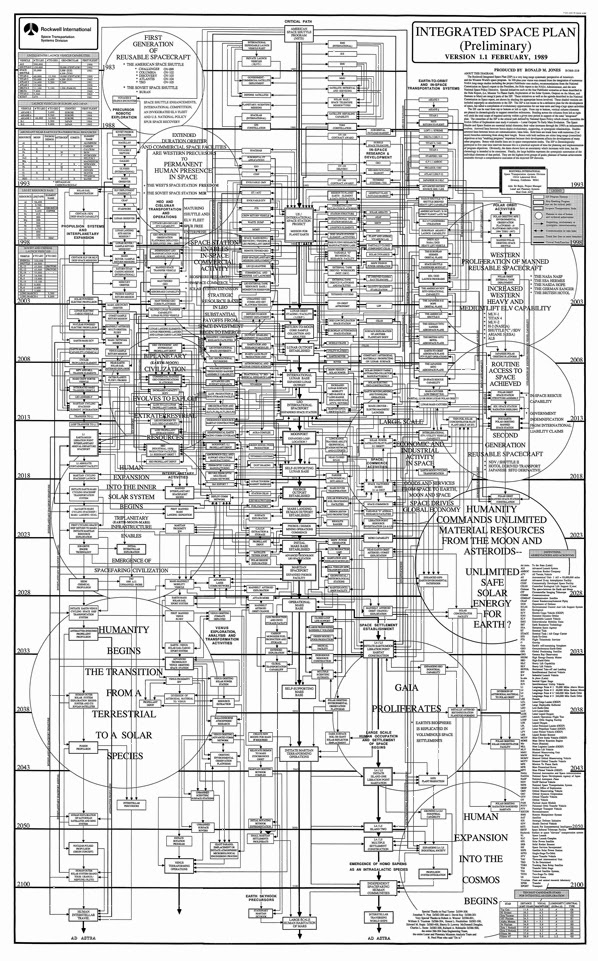The latest installment of The Hobbit trilogy has come to theaters. In honor of Bilbo's return to the screen I thought I would do a post about some Middle Earth science.
A new article by Joseph and Nicholas Hopkinson, published in The Medical Journal of Australia, asks an interesting question: Why do bad guys always lose? The villain might score some small victories in the beginning, the good guys will stumble along the way, but ultimately the hero will achieve victory in the end. It is a strikingly consistent feature of narratives whether they are on the page, stage, or screen. Most agree that this trope can be attributed to conventions about morality and the necessity of the happy ending. However, the authors of this paper posit that there may be other major factors that lead to the defeat of evildoers: their aversion to sunlight and their poor diet. These factors lead may lead to a vitamin D deficiency that reduces martial prowess.
Vitamin D is referred to as the “sunshine vitamin.” It is a fat-soluble vitamin that acts as a steroid hormone. It is produced by the skin in response to ultraviolent light (sunlight). It also occurs naturally in a few foods such as egg yolks, fish oils, and cheese. Vitamin D is essential for strong bones because of its role in calcium metabolism, and it has immune-modulating functions. Vitamin D deficiency (VDD) can result in rickets, osteomalacia, skeletal muscle weakness, and a susceptibility to other conditions ranging from multiple sclerosis to tuberculosis and accelerated lung function decline.
The authors first conducted a literature search on “imaginary populations” and “vitamin D” that returned no publications, letting them know that they were on to a novel concept. Then they performed a pilot study using textual analysis to extract data relating to diurnal habits, dwelling, light exposure and diet from The Hobbit by J. R. R. Tolkien. Next, they identified protagonists as good or evil and victorious or defeated on binary scales by consensus. These characters were then scored on (1) sun exposure rated from 3=lots to 0=none, (2) the mention of a vitamin D-containing diet item with 0=no mention and 1=mention, and (3) summing these to give a vitamin D score that was related to victoriousness by unpaired t tests.
Let’s break it down by type:
The Good Guys -
As a hobbit, Bilbo Baggins lives in the ground. However, his hobbit hole has lots of windows and he often smokes his pipe in the sun overlooking his garden. He has a varied diet that includes cake, tea, seed cake, ale, porter, red wine, raspberry jam, mince pies, cheese, pork pie, salad, cold chicken, pickles and apple tarts. And this is simply what he offers the dwarves that invade his household at the beginning of the story. The dwarves are described as a race that likes the dark, but they do spend a lot of time above ground in at least the first part of their journey to the Lonely Mountain. And, as their dinner at Bilbo’s house shows, they eat a variety of food with gusto! As wizards may frequently travel, they will also receive quite a bit of sunlight. And although their diet is not specifically described, Galdalf is often seen appreciating the food and beverage that goes along with any social endeavor he may observe or participate in. Elves, both high and wood, “feast merrily in clearings in the woods” and also receive high vitamin D scores.
The Bad Guys -
One of the first unsavory creatures that the good guys come across are trolls. Trolls naturally avoid sunlight as it turns them into stone. They live on an exclusively mutton diet, are strong but stupid, and consume jugs of “good drink” that further befuddle their wits. In one of the best scenes (in my humble opinion), Bilbo meets Gollum. Gollum lives in the deep dark of the Misty Mountains. His diet consists of a lot of raw blind fish which may be good, but as all fish do not contain vitamin D it remains unclear as to the advantages of this item. He also eats goblins, on the rare times that they fall into his domain. And, although goblins may also eat some fish (especially the Great Goblin), their proclivity for the dark also gives them a low vitamin D score. Spiders (e.g. Shelob) dwell in the dark and ambush their prey, the vitamin D content depending on what wanders into their territory. And finally, Smaug the dragon lives under his stolen mountain coming out at night to eat people (favoring maidens, but sometimes also ponies and Lake-men).
The authors' initial textual analysis supported their hypothesis that the success of the good guys may be assisted, to some extent, by the poor diet and lack of sunlight experienced, and even preferred, by the bad guys. Their scoring results show the mean vitamin D score of the victorious characters to be significantly higher than the non-victorious. However, they note that “the absolute concordance between goodness and victoriousness precludes an assessment of this as an independent effect.”
It is important to note that a few things were not taken into account for the purposes of this study. The first are the health issues surrounding smoking which is associated with skeletal muscle dysfunction. Another is the taxanomical classification of creatures (i.e. mammal vs. bird vs. arachnid). In humans, vitamin D is produced by a UVB-induced conversion of 7-dehydrocholesterol into vitamin D. The vitamin then undergoes two hydroxylations in the body for activation. As the physiology of the creatures of Middle Earth is more obscure, it is not known if they produce vitamin D in a similar way. As this is a pilot study, the authors also only look at The Hobbit and so do not include any details on diet and habitat that are further detailed in the other works of Middle Earth. Perhaps future investigations will include these novels and even some other well known bad guys from some of our other favorite tales. I look forward to it!
More about vitamin D and VDD:
(image via the LOTR Wiki)
























